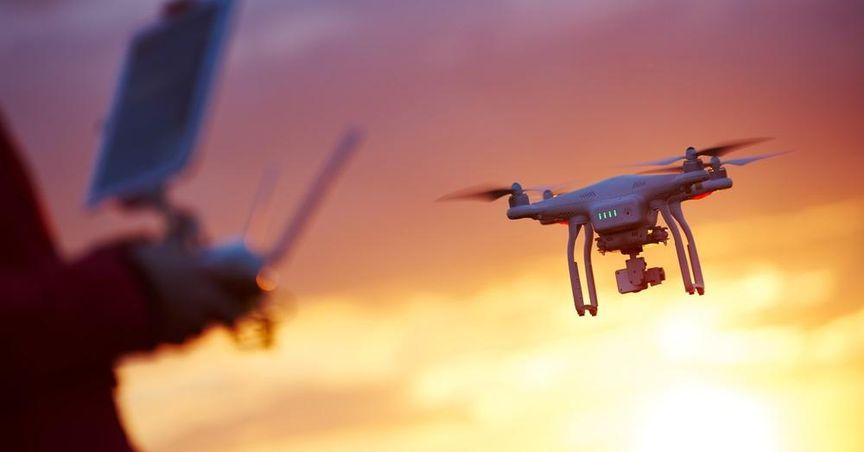Highlights:
- CAA Roadmap for Drone Integration: The CAA has outlined plans for expanding drone technology in the UK, targeting routine BVLOS operations by 2027.
- Focus on Essential Services: Drones will be used for transporting chemotherapy drugs, delivering mail to remote areas, and aiding emergency services.
- Regulatory Collaboration: The CAA is working with industry stakeholders to ensure safety and address regulatory challenges in UK airspace integration.
The Civil Aviation Authority (CAA) has released a comprehensive roadmap aimed at integrating drone technology into critical sectors across the UK. The roadmap outlines the regulator’s vision for the use of drones in delivering essential services such as transporting chemotherapy drugs to hospitals, delivering mail to remote areas, and supporting emergency services by carrying life-saving equipment like defibrillators.
According to the CAA, the future of drone technology in the UK will include a push to demonstrate beyond visual line of sight (BVLOS) drone flights by the end of 2024. Routine operations are expected to be in place by 2027. This development is seen as a major step in expanding drone usage from its current limitations to a broad range of commercial and humanitarian applications.
However, integrating these advanced drones into the UK's regulated airspace presents multiple challenges. The CAA’s roadmap acknowledges the complexity of maintaining safety and addressing regulatory concerns as drones become a more common feature in the skies. To overcome these hurdles, the CAA is collaborating closely with industry stakeholders, including technology providers and aviation experts, to establish safe operational standards for the growing sector.
Sophie O’Sullivan, CAA’s Programme Director for Future of Flight, emphasised the significance of creating a strong regulatory framework to support the safe expansion of drone technology. She highlighted that these developments could transform the delivery of vital services in healthcare, logistics, and emergency response, but only if public safety and trust are ensured through well-defined regulations.
O’Sullivan added that the CAA’s focus is on balancing innovation with safety, as the regulator works to create a structure that will enable the UK to become a global leader in drone technology. "Drones have the potential to revolutionise the way we deliver services, but this can only be achieved through careful planning and robust regulatory measures," she said.
The publication of the roadmap marks a significant milestone for the CAA and the UK’s broader ambition to become a leader in advanced aerial mobility. As the drone sector develops, it is expected to create new opportunities for businesses and public services while setting the stage for widespread commercial adoption in the years ahead.





